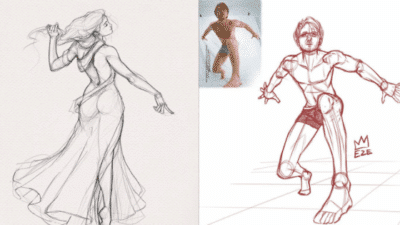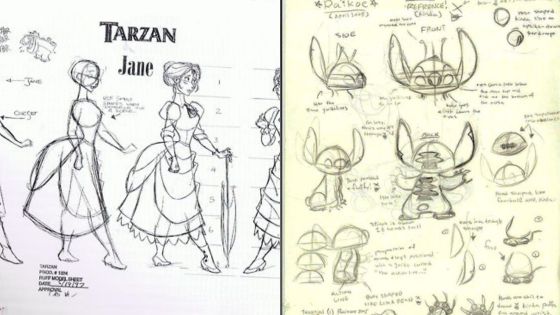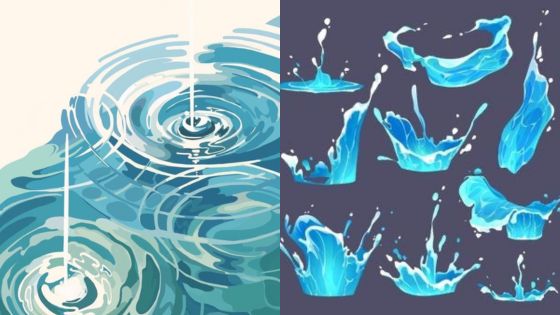Anime reference poses help artists draw characters in natural and dynamic ways. They give clear examples of body positions, making it easier to create believable and expressive drawings. Using these poses allows artists to practice different angles and movements without guessing, improving their skills faster.
Many artists use 3D models or simple sketches as pose references to capture details like muscle tension and balance. These tools often include action, casual, or emotional poses to fit different drawing styles. Having a variety of references keeps the drawing process fresh and inspiring.
Anime reference poses are perfect for anyone looking to improve their art or find new ideas. By studying and recreating these poses, artists can build confidence and add more life to their characters.
What Are Anime Reference Poses?
Anime reference poses show different body positions and movements used in anime art. They help artists create characters that look natural and full of personality. These poses can vary from simple standing stances to dynamic action shots.
Definition and Purpose
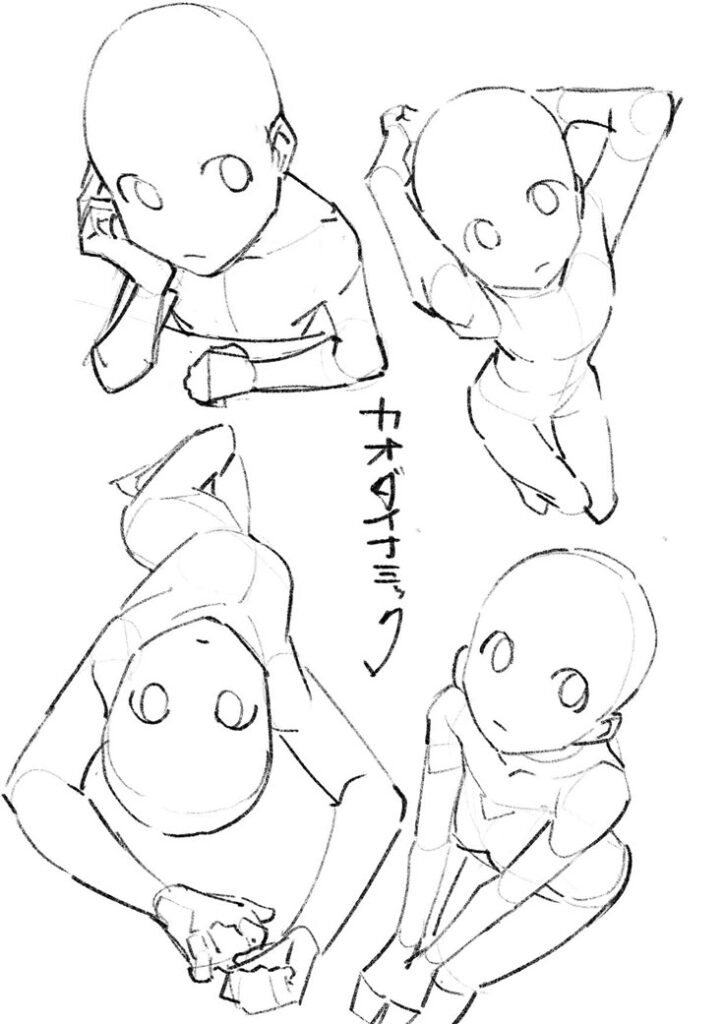
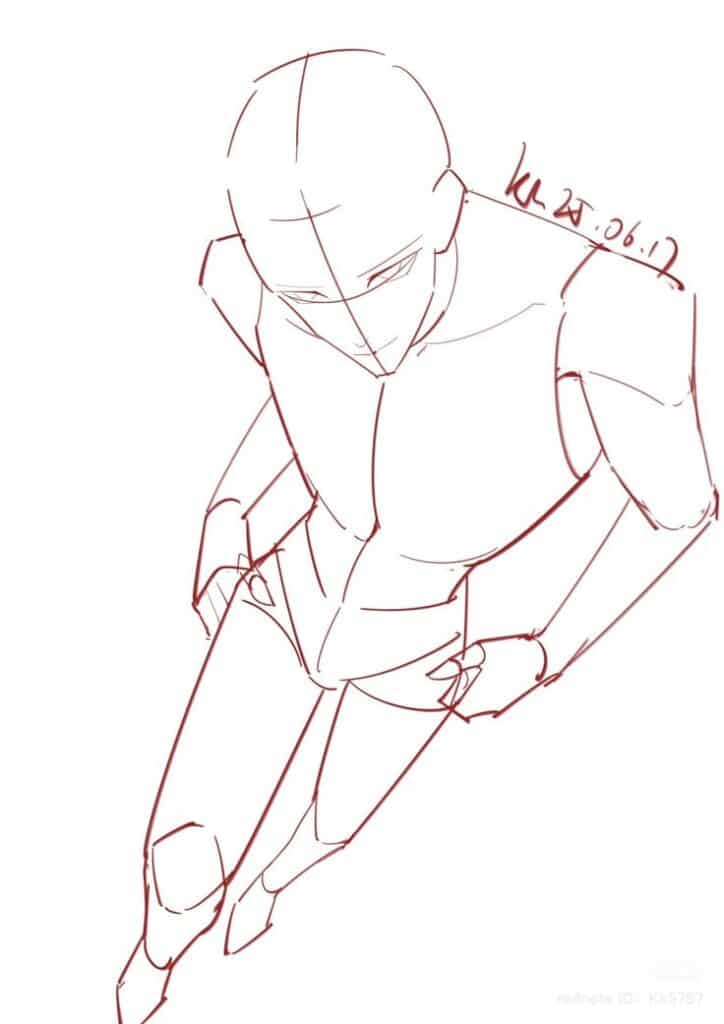
Anime reference poses are visual tools artists use to guide their drawings. They show how characters stand, move, or express emotion. These poses capture the unique style of anime, which often includes exaggerated gestures and features.
The main purpose is to help artists understand body proportions and movement. By using these references, artists avoid guesswork and get more accurate and lively poses. This makes their characters look believable and interesting.
Using reference poses also speeds up the drawing process. Artists can focus on details like clothing or facial expressions once the pose is set.
Types of Reference Poses
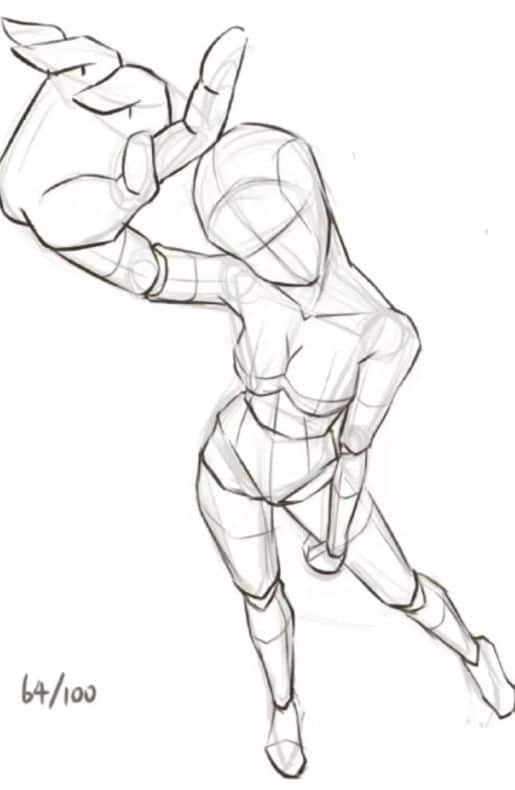
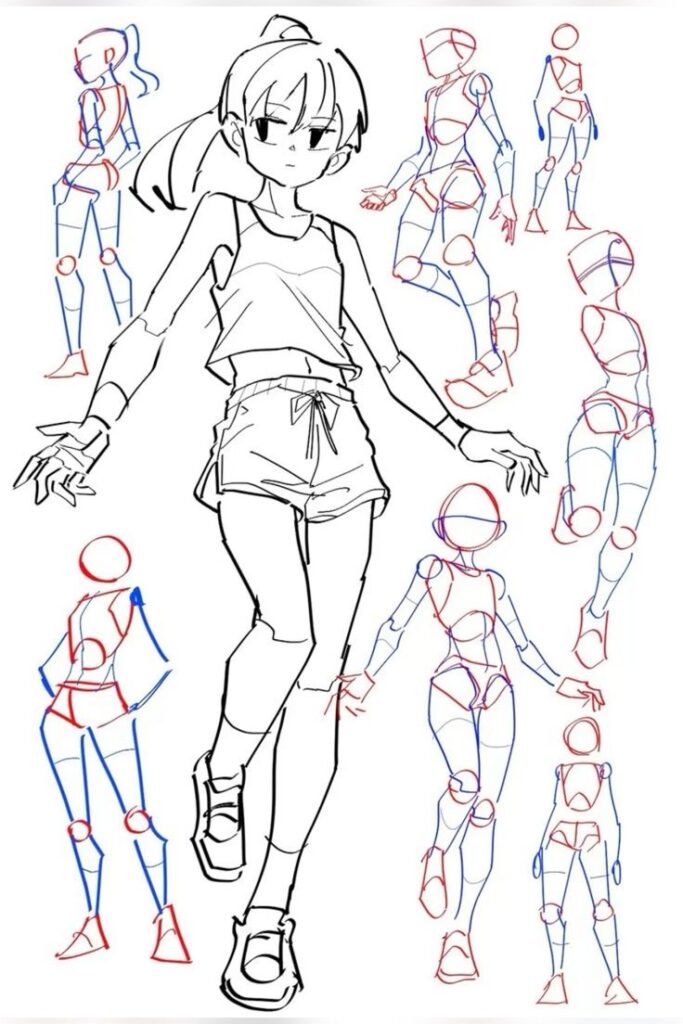
There are several types of anime reference poses. Some common groups include:
- Basic standing poses: Simple, neutral positions to practice proportions.
- Action poses: Showing movement like running, jumping, or fighting.
- Expressive poses: Highlighting emotions through body language, such as happiness or anger.
- Casual poses: Everyday activities like sitting, walking, or leaning.
Some references come as 3D models or bases that artists can rotate and customize. Others are collections of photos or sketches specifically designed for anime style.
Benefits for Artists
Using anime reference poses improves skill and creativity. It helps artists learn correct anatomy and balance in drawings. Poses also inspire new ideas by showing different ways to position characters.
Artists gain confidence by practicing with references. This reduces mistakes and speeds up character creation. Reference poses also make it easier to capture specific moods or actions.
Lastly, they are useful for all skill levels, from beginners learning basics to pros refining their style. References keep drawings consistent and expressive over time.
Finding Quality Anime Reference Poses
Finding good reference poses means looking at trusted sources where the poses are clear, varied, and useful. Artists benefit from resources that offer both static and dynamic stances, helping them understand posture, balance, and movement better. Some sources focus on realism, while others highlight stylized anime features.
Official Artbooks and Resources
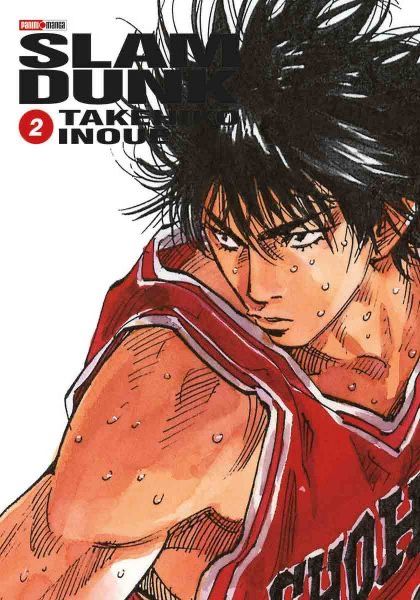

Official artbooks from anime series provide high-quality references. They often include character turnarounds, expression sheets, and action poses drawn by original artists. These books show how characters move naturally within their animated worlds.
They are reliable because the poses reflect the character’s personality and story. Artbooks often provide multiple angles and detailed sketches, perfect for studying anatomy and style. For artists wanting accuracy and authenticity, these resources are highly valuable.
Besides printed artbooks, some official websites and magazines share pose sheets or model sheets. These can be great digital sources for detailed, trusted references.
Online Pose Databases

Several websites offer large collections of anime pose references. These databases range from free to paid and include 3D models, line drawings, and photo references. Some sites let users rotate models, making it easier to study poses from multiple angles.
Popular pose databases include anime-specific bases and dynamic stances designed for artists. They often categorize poses by action, emotion, or gender for easier searching. Many include simple, beginner-friendly poses as well as complex, dramatic ones.
Using these sites, artists can quickly find useful poses without searching through unrelated images. They also help with consistent practice and experimenting with different body types and movements.
Anime Screenshots
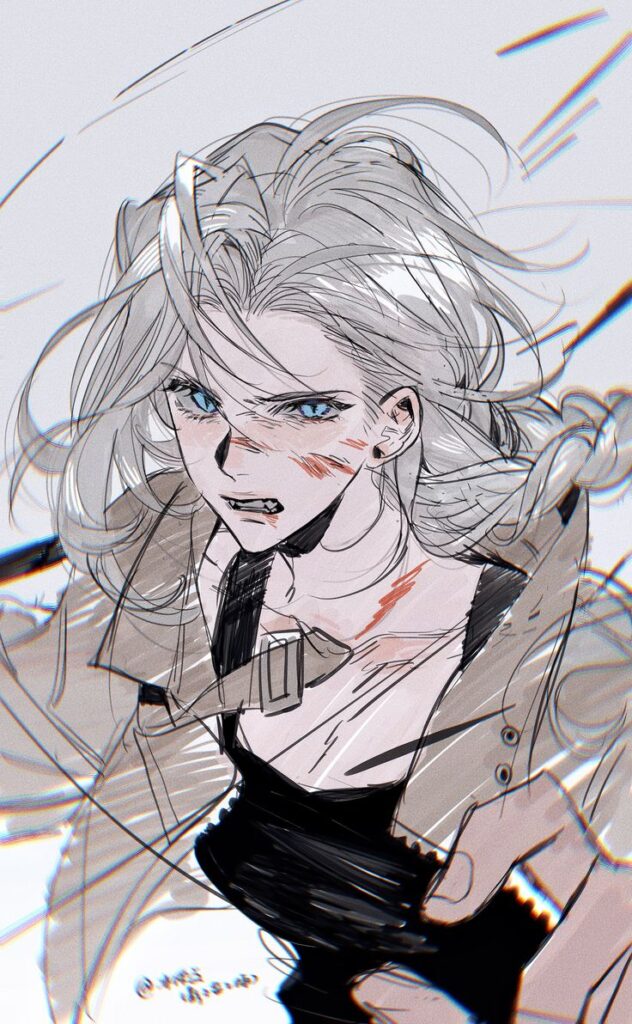
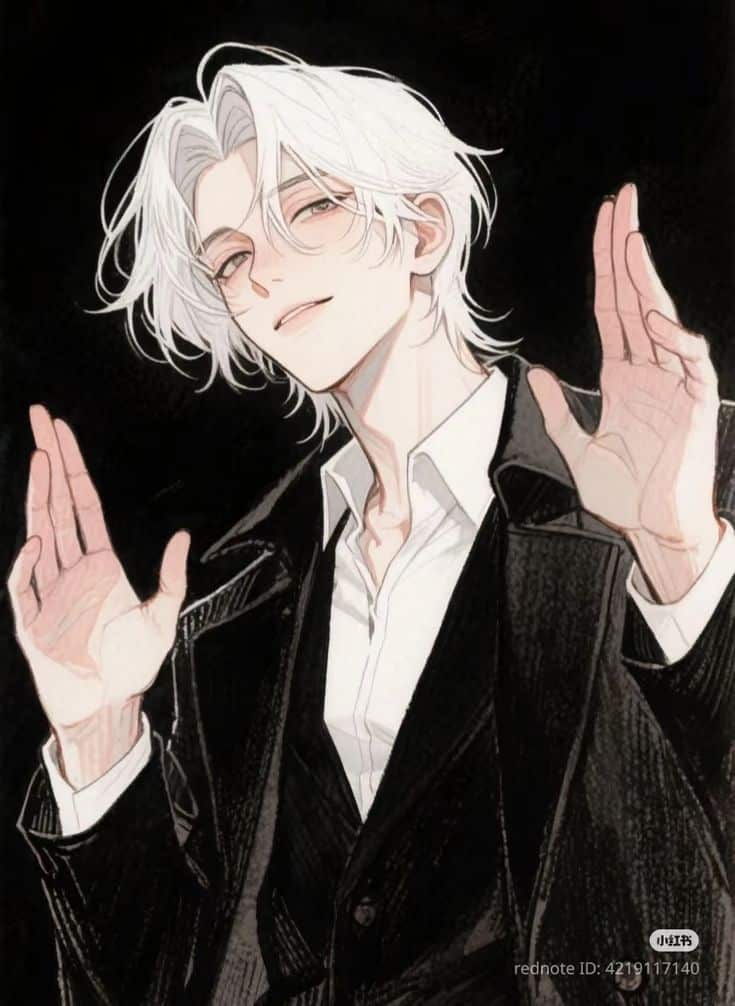
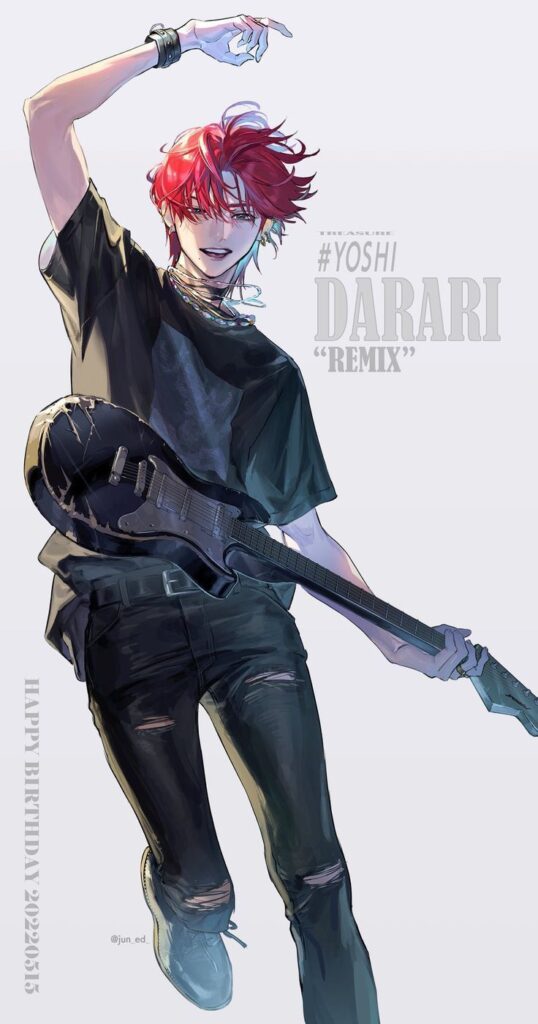
Screenshots taken directly from anime episodes can be great for natural poses in real scenes. They capture real-time action, emotions, and interaction between characters. However, the quality varies depending on the show’s animation style and the scene’s angle.
Finding clear screenshots requires selecting moments without too much blur or obstruction. These snapshots show how poses look in motion and can inspire dynamic drawings or storyboards.
Fans often share curated collections of screenshots online, focusing on iconic or typical poses. Using these collections, artists can study authentic anime pose language and expressions from their favorite series.
Using Reference Poses to Improve Drawing
Using anime reference poses can help artists build skills in three key areas: practice through copying and variation, understanding the structure of poses, and shaping references to fit personal style. Each part plays a role in developing better, more natural drawings.
Practicing with Pose References
Artists benefit from drawing poses repeatedly to get comfortable with shapes and movements. Starting by copying a pose exactly helps build muscle memory and improves observation skills. After this, trying slight changes or picking poses at random challenges the artist to think creatively.
Regular practice with a variety of poses, from simple to complex, strengthens confidence. Using 3D model references or photos also offers fresh ideas. It’s important to focus on flow and gesture before details. This keeps drawings lively instead of stiff.
Analyzing Pose Anatomy

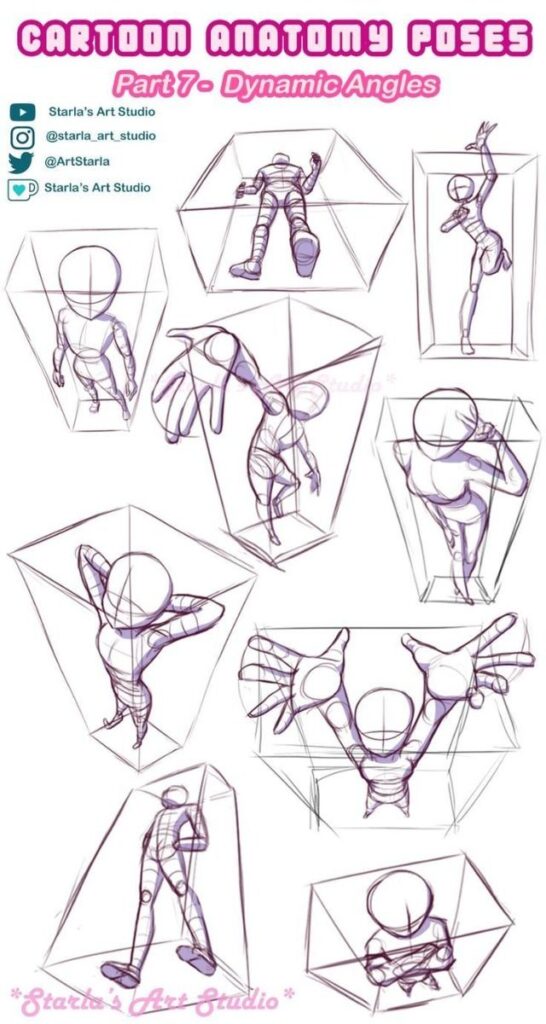
Understanding the basic anatomy in poses is key. Artists should pay attention to how the body’s skeleton moves—where joints bend, how weight shifts, and the balance between limbs. This helps create poses that look natural and believable.
Studying simple lines and shapes like the spine curve or limb angles acts as a guide. Observing muscle placement and how it changes with movement also deepens knowledge. This kind of analysis enhances drawing beyond just copying, making each pose feel more real.
Adapting References to Your Style
References are tools, not final products. Artists should take what fits and add their own style to make drawings unique. This might mean exaggerating certain poses for effect, changing proportions, or adding original details.
Combining parts of different poses can create new, expressive characters. Adjustments also help avoid copying too closely, which can make art feel stiff. Personal interpretation turns reference poses into creative starting points, not limitations.
Creating Your Own Anime Reference Poses
To create effective anime reference poses, it helps to combine clear observation with useful tools and practical drawing methods. Using real-life images, 3D models, and quick sketches can help artists capture the energy and motion needed for strong poses.
Photography Techniques
Photographing real people is a great way to get natural and unique poses. Artists can use a phone or camera to capture friends or themselves acting out different stances. Good lighting and a plain background help make the details clear.
Taking multiple shots from various angles allows artists to study movement and how the body shifts. Using a timer or remote makes it easier to try tricky poses and keep hands free. Slowing down movements lets photographers catch key moments in action.
Photos can be printed or displayed on a screen for easy reference while drawing. Plus, they give a solid base for more creative or exaggerated anime poses by mixing realistic and stylized elements.
3D Modeling Tools

3D posing tools are helpful for artists who want adjustable references. Programs like PoseMy.Art, JustSketchMe, and Pick and Pose let users position virtual characters in many poses. These tools often include premade animations or allow custom adjustments.
Artists can rotate the model to view poses from all sides. They can also modify limb length, camera angle, and lighting to match their style. This flexibility is useful for complex or dynamic positions that are hard to photograph.
Some tools offer anime-style characters specifically, helping artists focus on proportion and style. Many pose generators are free and run in web browsers, making them easily accessible for practice or quick reference.
Sketching Dynamic Poses
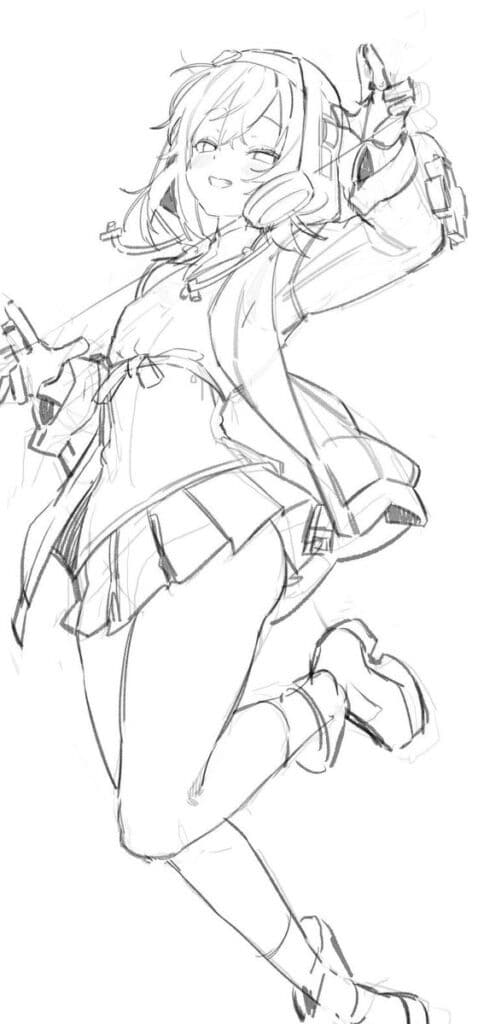


Sketching rough poses quickly helps artists capture the flow and energy of anime characters. Starting with a simple stick figure or skeleton structure makes it easier to build correct proportions and movement.
Artists focus on the line of action—a curve that shows the main movement—to keep poses dynamic. They should avoid drawing stiff or static bodies by exaggerating poses a little, like bending the spine or stretching limbs.
Using gesture drawing sessions of 30 seconds to a few minutes allows exploration of many ideas without getting stuck on details. This process helps artists train their eye to recognize good posture and action, which can be refined into finished pieces.
Popular Pose Categories in Anime
Anime poses cover a wide range of styles that match different moments and emotions. These poses help artists capture movement, mood, and character personality. Some poses focus on high-energy scenes, while others show quiet moments or strong feelings.
Action and Combat Poses
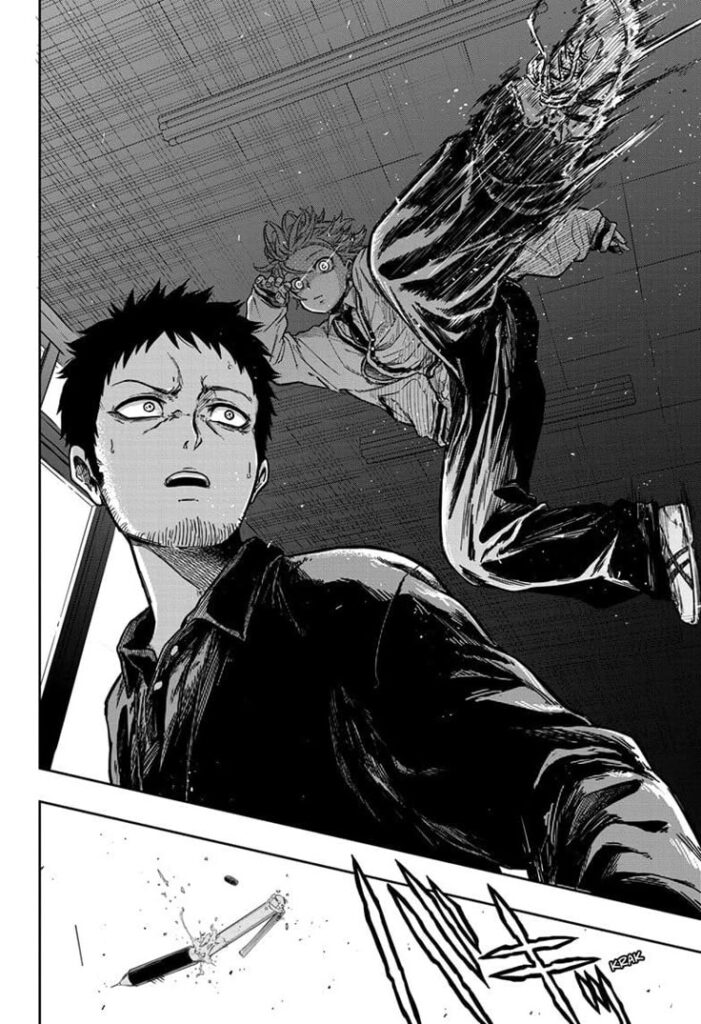

Action and combat poses are dynamic and full of movement. They often show characters fighting, jumping, or preparing to attack. These poses usually emphasize strong body angles, tense muscles, and a sense of speed or power.
Examples include punches, kicking, dodging, or holding weapons. Artists use these poses to make battle scenes more exciting and believable. The focus is on energy and balance, making the character look ready to move at any second.
Hand signs, like those from ninja characters, are also common. They add personality and hint at special abilities or power-ups in the story. Action poses require attention to anatomy and rhythm to keep the flow natural.
Casual and Everyday Poses
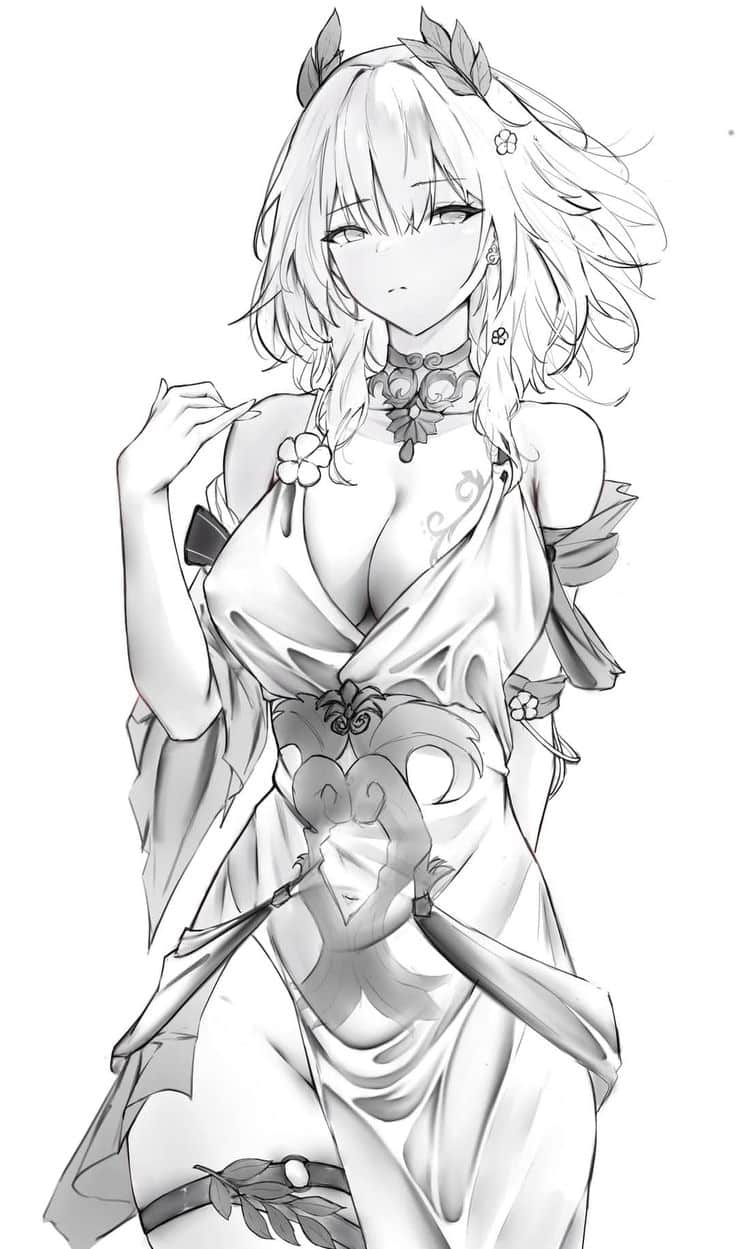
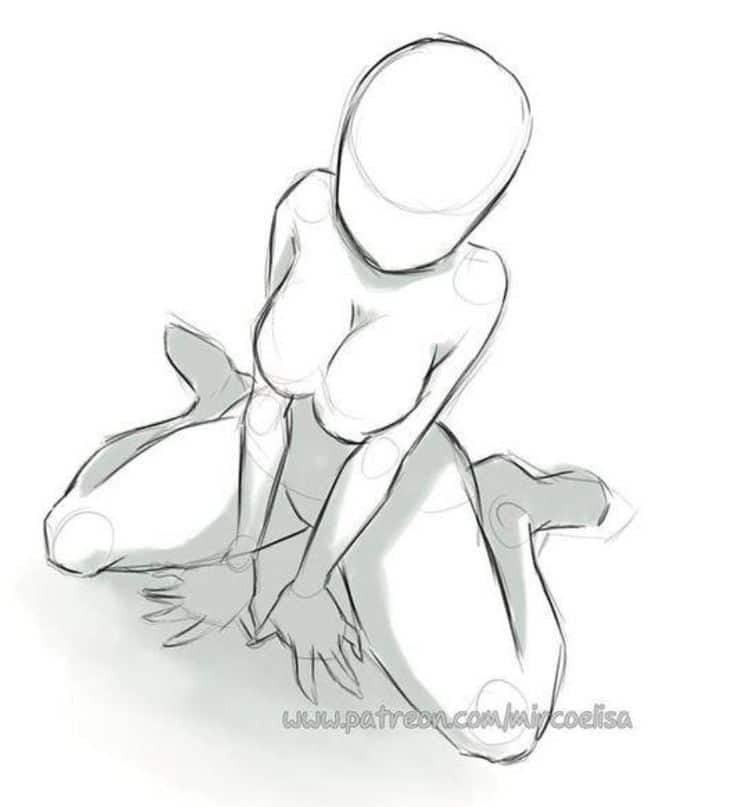
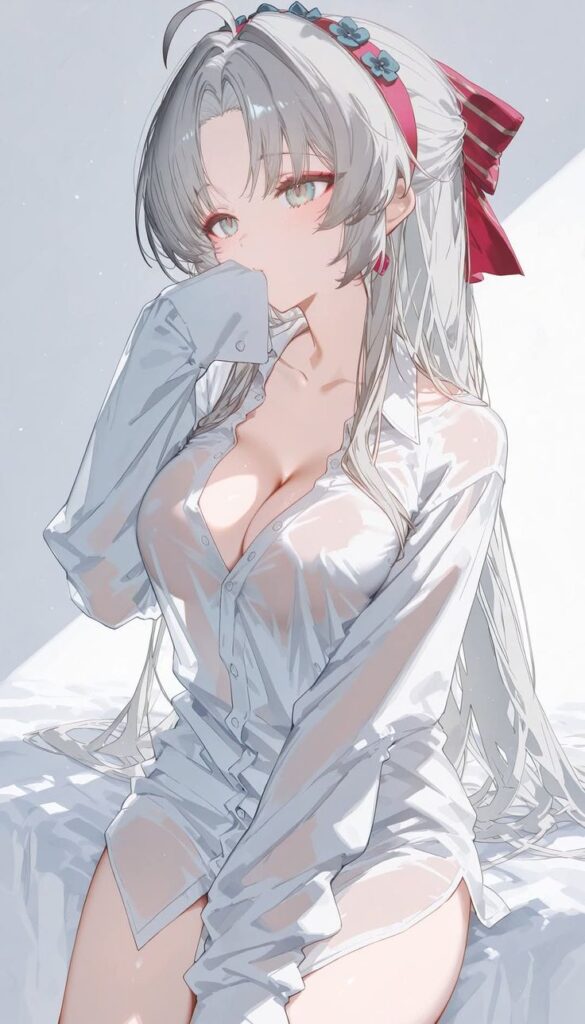
Casual poses show characters in relaxed or normal activities. These can be simple standing or sitting positions, walking, or interacting with objects. The goal is to capture everyday moments clearly and simply.
Common examples include characters chatting, holding a book, or stretching. These poses help bring realism and relatability to scenes that aren’t about fighting or intense emotions.
Artists use casual poses to give balance to a story, making characters feel approachable and human. The body language is natural and soft, with less tension and more ease.
Emotional Expressions

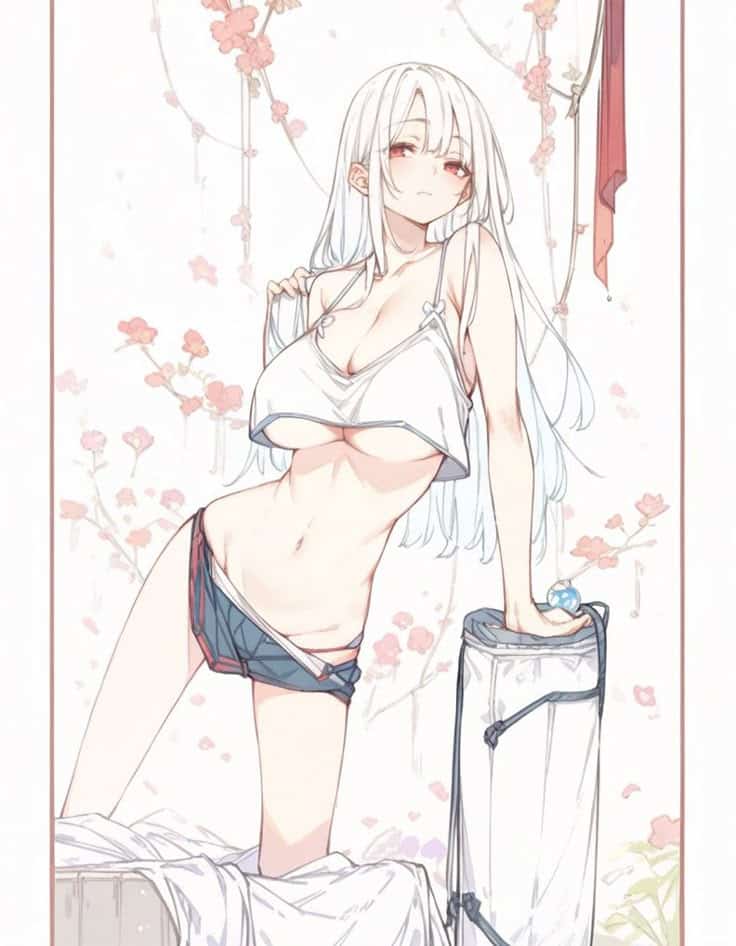
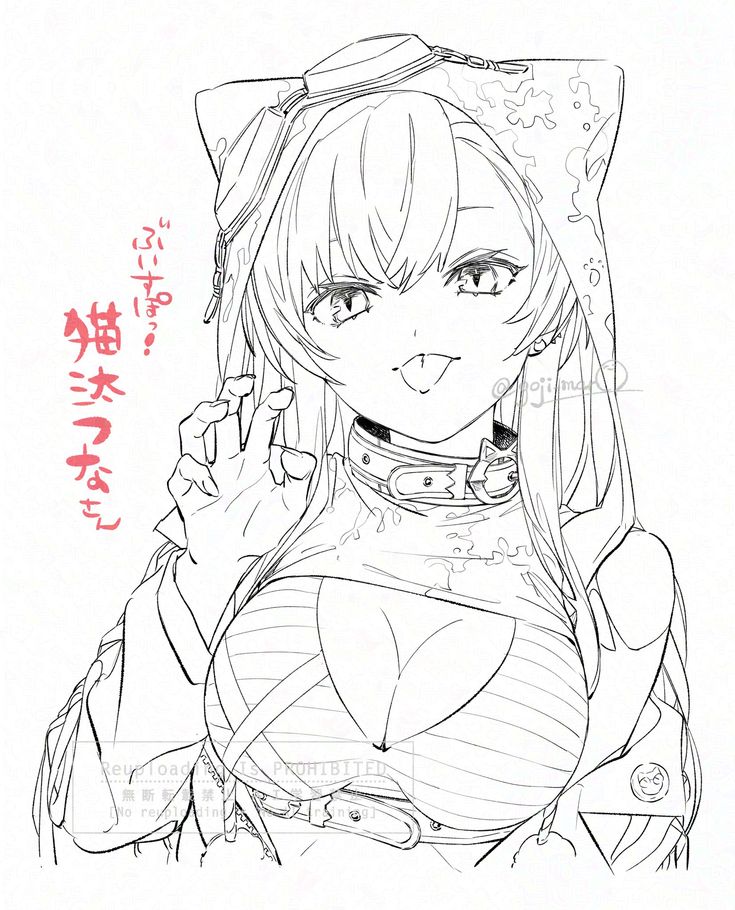
Emotional expressions in poses show what a character feels inside. These poses focus on body language and facial cues to express love, anger, fear, or happiness clearly.
For example, a shy character might clutch their face or look down. A confident character might stand tall with arms crossed. These poses help tell the story without words.
Popular anime poses include well-known emotional expressions, like the “Yandere face,” which shows obsession or excitement. Emotional poses make characters more vivid and add depth to their personality.
Using these, artists can show a wide range of feelings beyond just words or dialogue.
Tips for Choosing Effective Reference Poses
Choosing the right anime reference poses helps artists improve specific skills. It involves picking poses that match ability, focusing on body proportions, and grasping how perspective changes the pose’s look. These details make drawings look more accurate and dynamic.
Selecting Poses for Skill Level
Artists should pick poses that match their current skill level to avoid frustration. Beginners might start with simple, standing or sitting poses. These help practice basic shapes and body structure without too much complexity.
More advanced artists can try dynamic poses like action scenes or unusual angles. These require understanding body balance and movement, pushing skills further.
Using reference poses appropriate to skill helps steady progress. It’s good to challenge oneself but also important not to pick poses that feel too difficult right away.
Focusing on Proportions
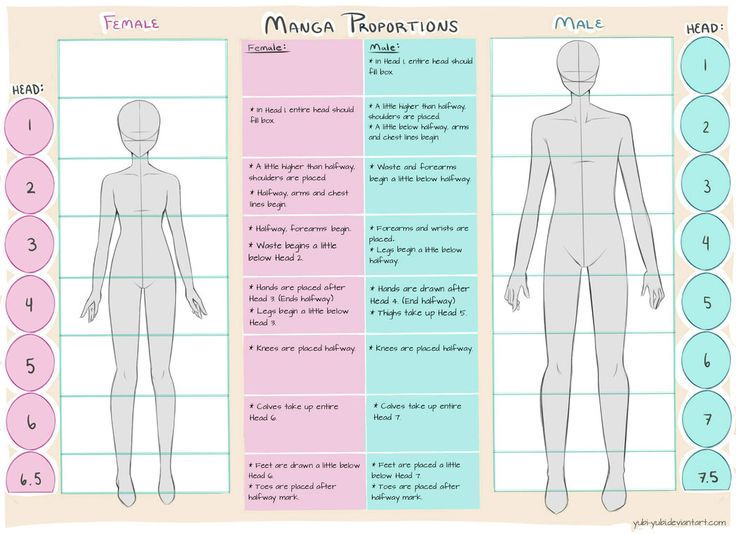
Proportions are key to making anime characters look believable. Artists need to note how different body parts relate in size to each other. For example, the size of the head compared to the torso, and limb lengths, are important.
When choosing poses, artists should look for clear views where these relationships are easy to see. Avoid overly foreshortened parts if the goal is to practice proportion.
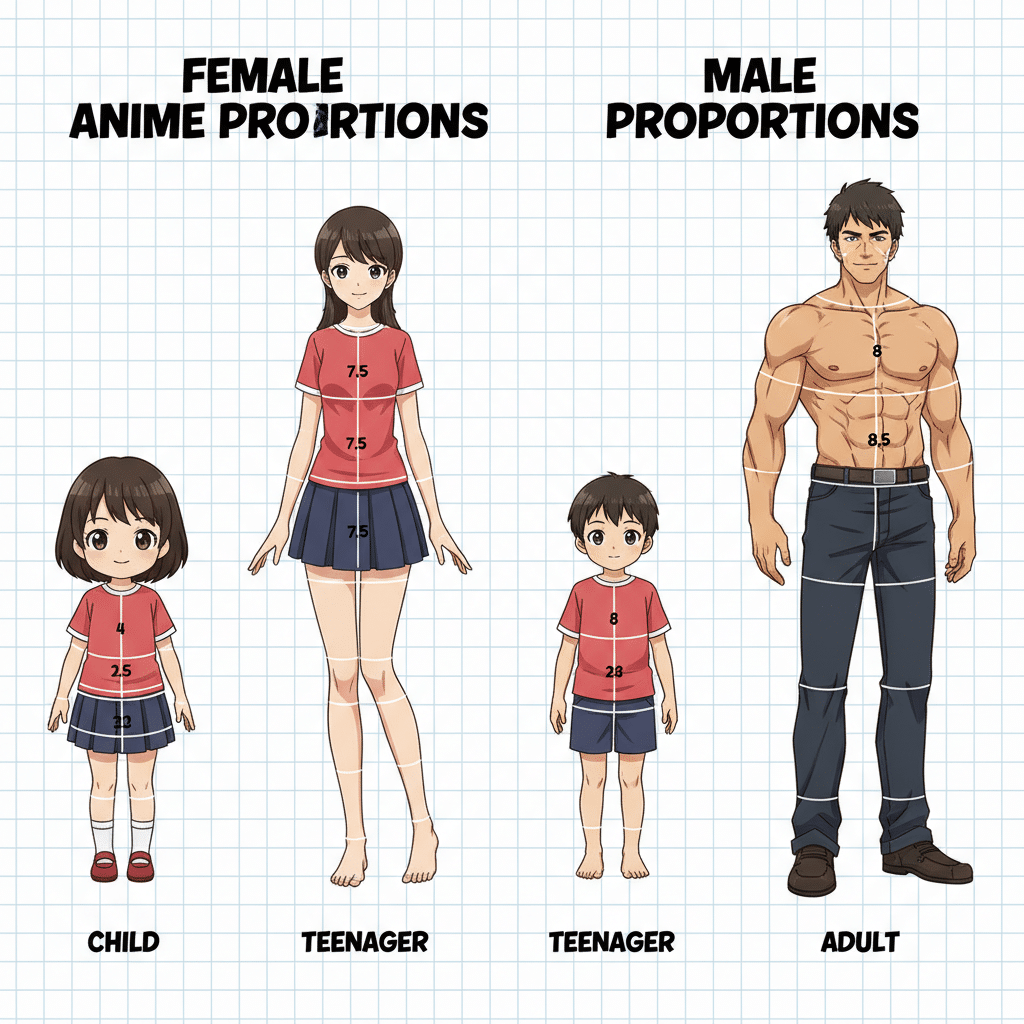
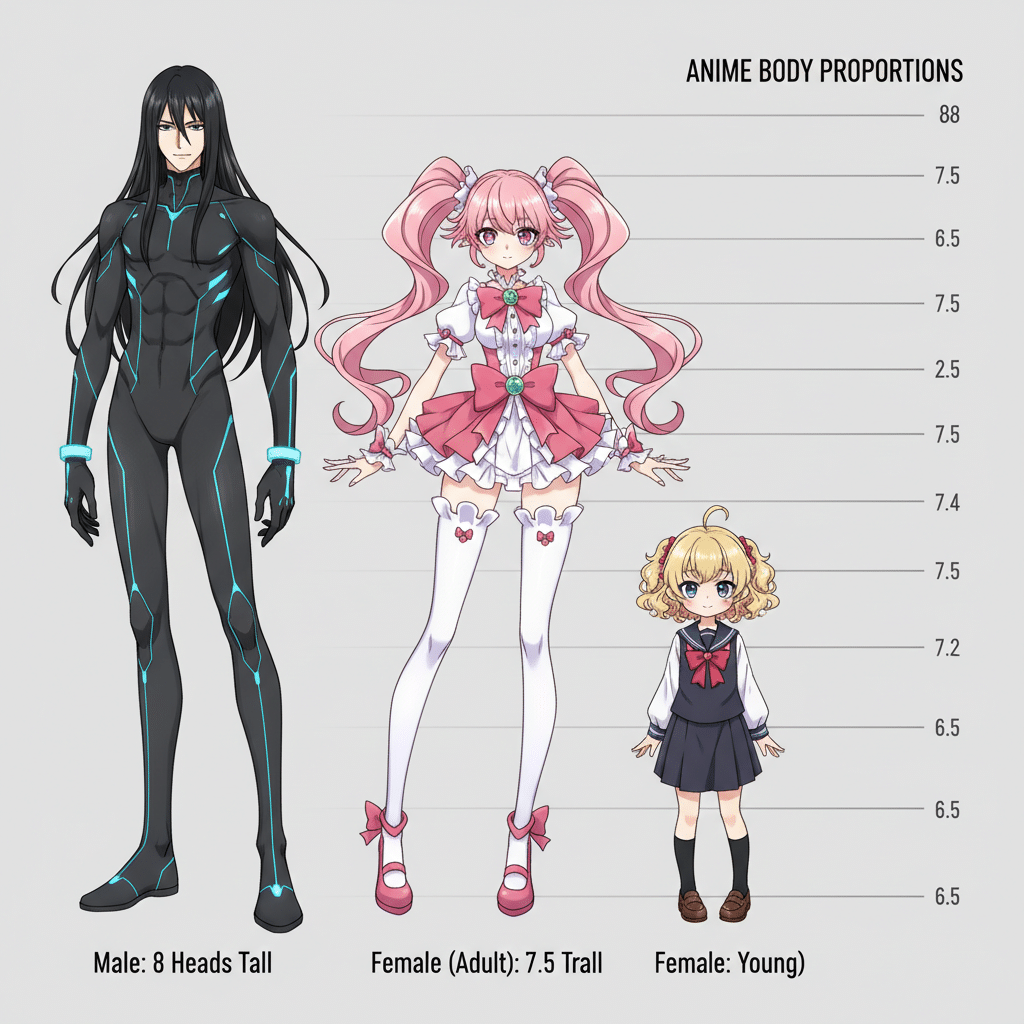
Using lines or grids can help check if parts of the body are drawn correctly. This makes sure the character looks natural and consistent across drawings.
Understanding Perspective
Perspective influences how poses appear in space. Artists must learn how angles and distances change the shape of the body. A pose viewed from below looks different than one seen straight on.
Choosing poses with varying perspectives helps artists understand foreshortening and depth. It’s helpful to practice with poses seen from different heights and angles.
3D model poses or photo references can aid in seeing how perspective works on anime characters. This practice adds realism and drama to drawings.
Avoiding Common Mistakes with Anime Reference Poses
Many artists face challenges when using anime reference poses. Mistakes often come from depending too much on references, confusing copying with learning, or not respecting creators’ rights. Knowing how to avoid these helps improve skills and keeps work original and ethical.
Over-Reliance on References
Relying too much on reference poses can limit an artist’s growth. If someone always copies poses exactly as they see them, they might not develop their own style or understanding. Reference poses should be a starting point, not the final answer.
Artists benefit more by studying the structure behind poses. For example, understanding how body weight shifts or how joints bend makes their drawings more dynamic. It’s best to use references like a skeleton to build from, rather than a picture to trace.
Using references to practice different angles and movements helps too. This way, artists learn how to create new poses instead of repeating the same ones.
Copying vs. Learning
Copying means making an exact duplicate of a pose without adding personal skill or creativity. Learning focuses on grasping the key elements such as balance, gesture, and emotion behind the pose.
Artists who learn from references try to change poses to fit their characters. They adapt and experiment, which builds confidence and improves skill. Copying might make a piece look okay at first, but it can lead to stiffness and lack of life in the character.
They should ask themselves:
- What makes this pose work?
- How can I adjust it for my story or character?
Answering these helps move from copying to true learning.
Respecting Copyright and Ownership
Not all anime reference poses are free to use. Some are created by artists who want credit or permission before their work is copied. Ignoring this can lead to legal or ethical problems.
Artists should look for free-to-use resources or sites that explicitly say credit is not needed. When using paid or copyrighted poses, it’s important to seek permission or follow the rules set by the creator.
Respecting ownership means:
- Always checking the license of pose references
- Giving credit when required
- Avoiding direct copying of copyrighted images
This respect builds trust and supports the community of artists sharing resources.
What should artists be cautious about when using anime reference poses?
Artists should avoid over-relying on references to prevent stagnation, understand the difference between copying and learning, respect copyright laws, and give credit when required to maintain ethical practices.
What are some tips for improving drawing using reference poses?
Artists should practice regularly by copying poses to develop muscle memory, analyze anatomy and proportions, and adapt references to their style by exaggerating or modifying poses to create unique characters.
How can artists find quality anime reference poses?
Artists can find quality poses through official artbooks, online pose databases, screenshots from anime series, and 3D modeling tools that allow for adjustable references, ensuring a wide variety of realistic and dynamic options.
What are some common types of anime reference poses?
Common types include basic standing poses, action poses that depict movement like running or fighting, expressive poses highlighting emotions, and casual poses showing everyday activities like sitting or walking.
What are anime reference poses and why are they useful for artists?
Anime reference poses are visual depictions of different body positions and movements used in anime art. They help artists create natural, expressive characters by providing clear examples of body language, which speeds up learning and adds life to drawings.
- 0shares
- Facebook0
- Pinterest0
- Twitter0
